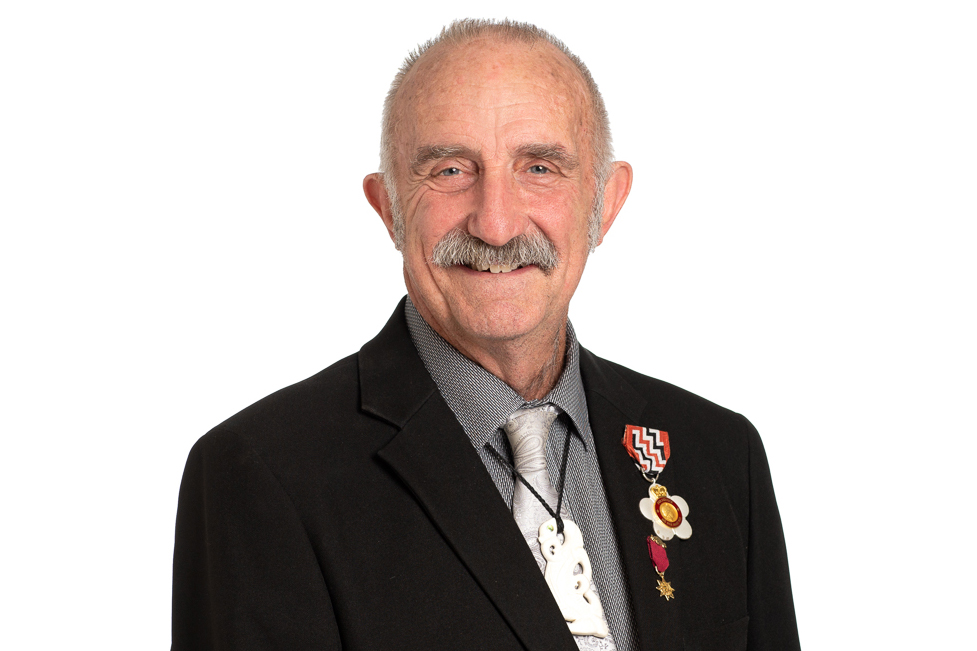Representation changes ahead
By Mayor John Carter.
Three months ago, the Far North District Council voted to establish Māori wards for the 2022 and 2025 local elections. Since then, we have been busy working out how to deliver Māori representation.

Three months ago, the Far North District Council joined other Northland councils in voting to establish Māori wards for the 2022 and 2025 local elections. Since then, we have been busy working out how to deliver Māori representation.
We are now seeking public feedback on a proposal to increase the number of councillors from nine to 10 and elect four of these from a new, district-wide Māori ward called Ngā Tai o Tokerau. The proposal is part of a proposed governance structure that aims to ensure that our communities are represented fairly and effectively.
Councils are required to undertake a representation review at least every six years or if Māori wards are introduced. We last reviewed our representation arrangements in 2015 and made minimal changes to the governance structure we adopted after an earlier review in 2009. The changes we are proposing this time are designed to improve Māori representation, reflect population growth since 2015 and reunite previously divided communities of interest.
The proposal to elect six councillors from general wards and four councillors from a new Māori Ward complies with legislation, which sets the ratio of general and Māori ward seats. It is also a progressive step for the Council and Māori. Some people may wonder why we didn’t create two or more Māori wards. First, it is important to point out that Māori ward councillors are elected to represent the values and perspectives of te ao Māori rather than the interests of specific iwi or hapū. There also wasn’t enough time to consult with iwi and hapū about the location of ward boundaries which would need to respect tribal boundaries. We may consider establishing more than one Māori ward after the 2022 local body elections if it is deemed necessary.
Electing four councillors from a Māori ward means the other three general wards will each have one less councillor than at present. We are also proposing to change the name of Bay of Islands-Whangaroa Ward to Te Pēwhairangi-Whangaroa Ward and establish a new Waipapa Subdivision, which will elect one member to the seven-member Te Pēwhairangi-Whangaroa Community Board. Other proposals include changing the boundaries of wards and subdivisions to integrate communities of interest.
We have followed Local Government Commission guidelines and tried to ensure that the proposed arrangements reflect communities of interest, are effective given the district’s population and provide fair representation to wards and subdivisions. We also voted in 2020 to change to the single transferable voting (STV) system after consulting the community.
The 2022 elections will therefore be unlike any we have held in the district. We are inviting feedback on the proposed representation arrangements from 20 August until 1 October, so please go to our website at www.fndc.govt.nz/repreview when the consultation opens to find out more and to tell us what you think.
Tags: News story

